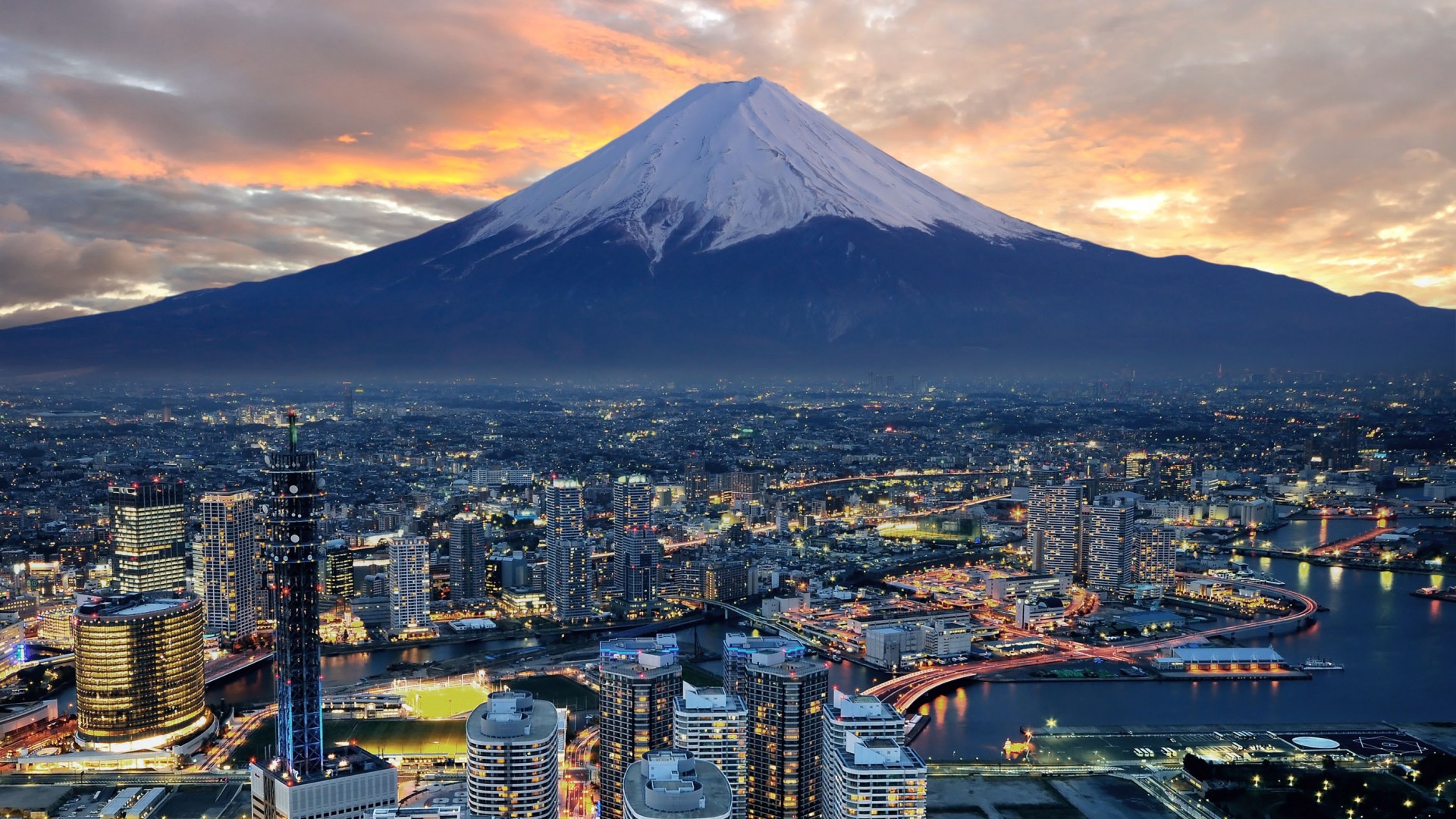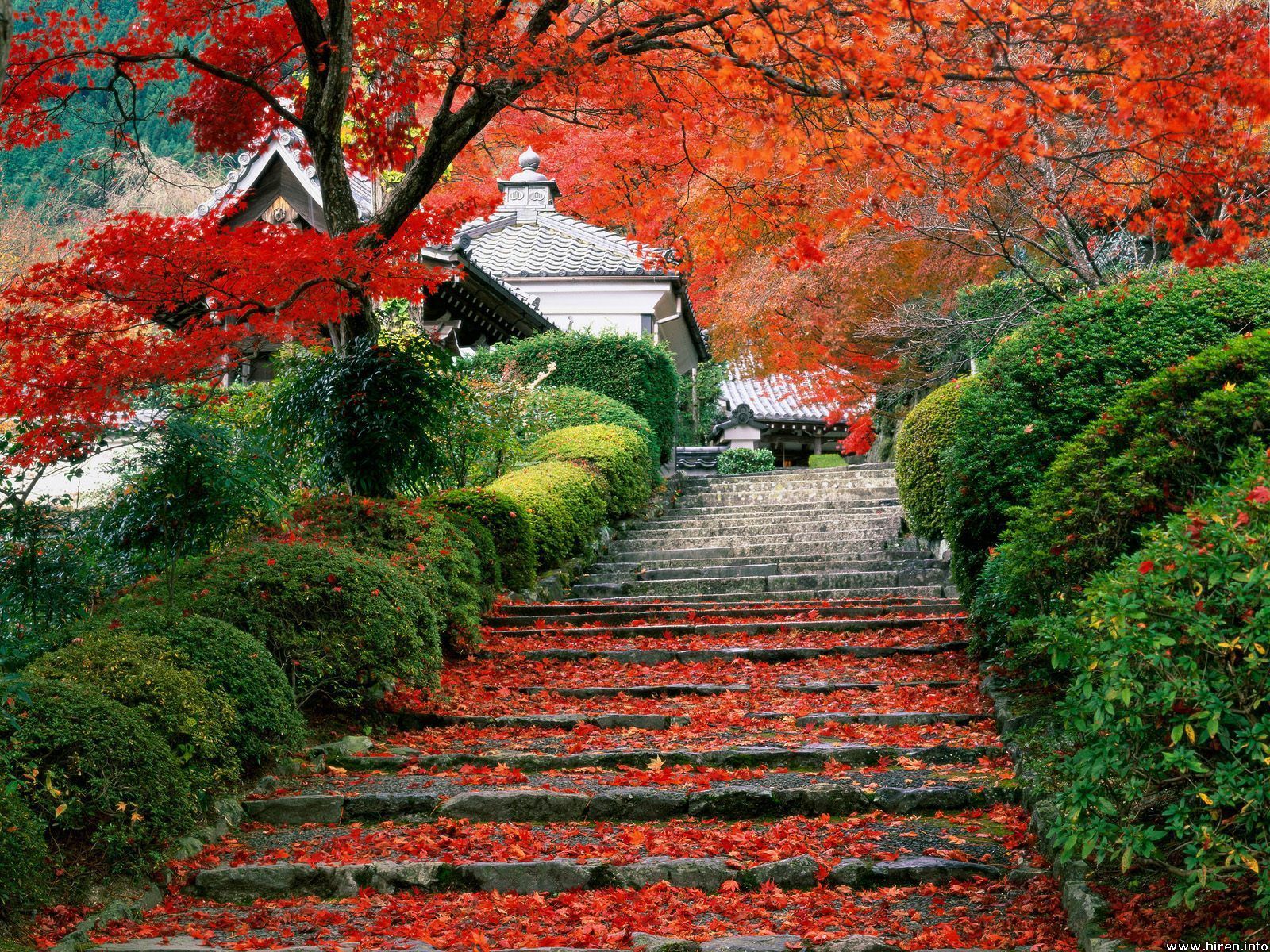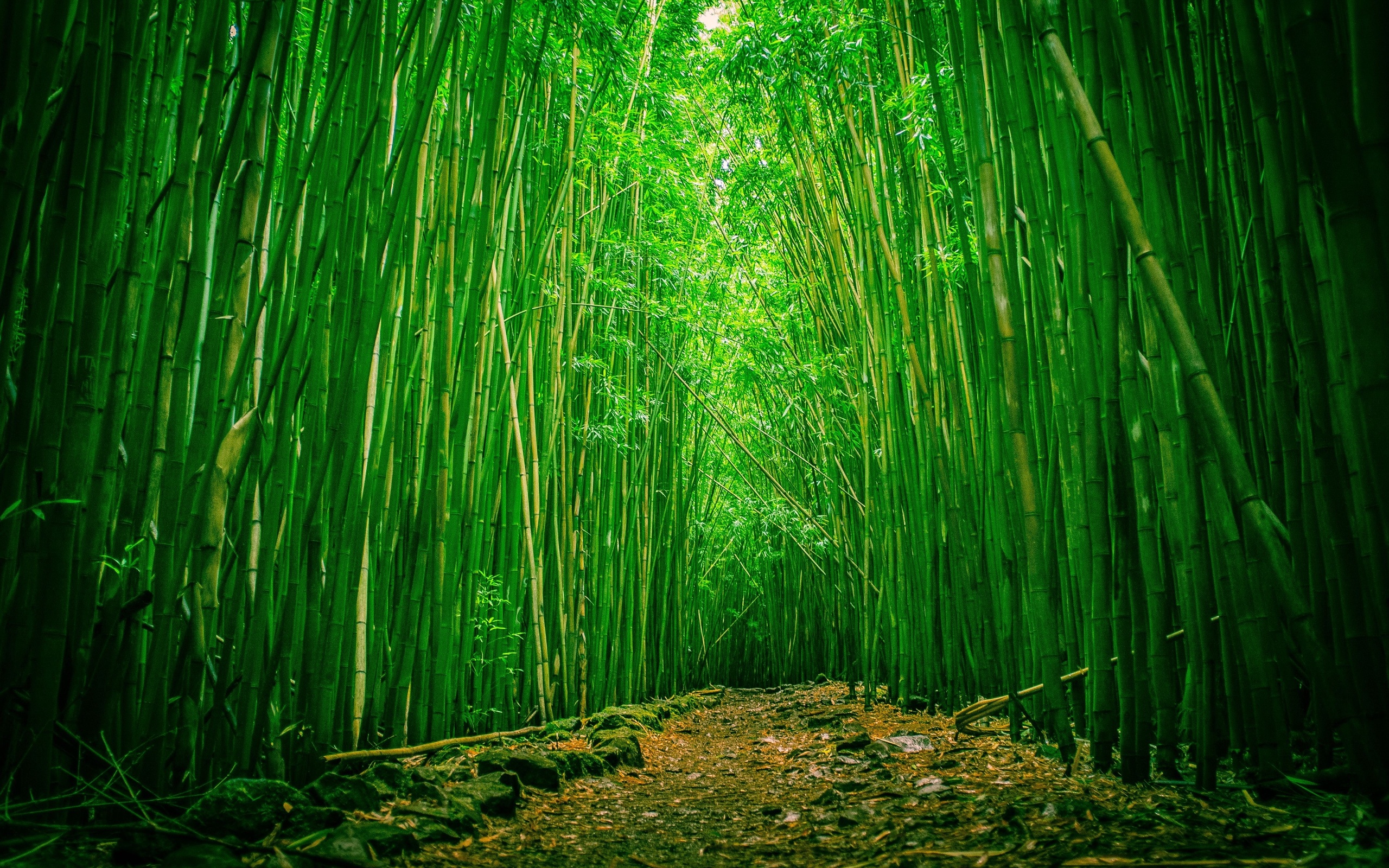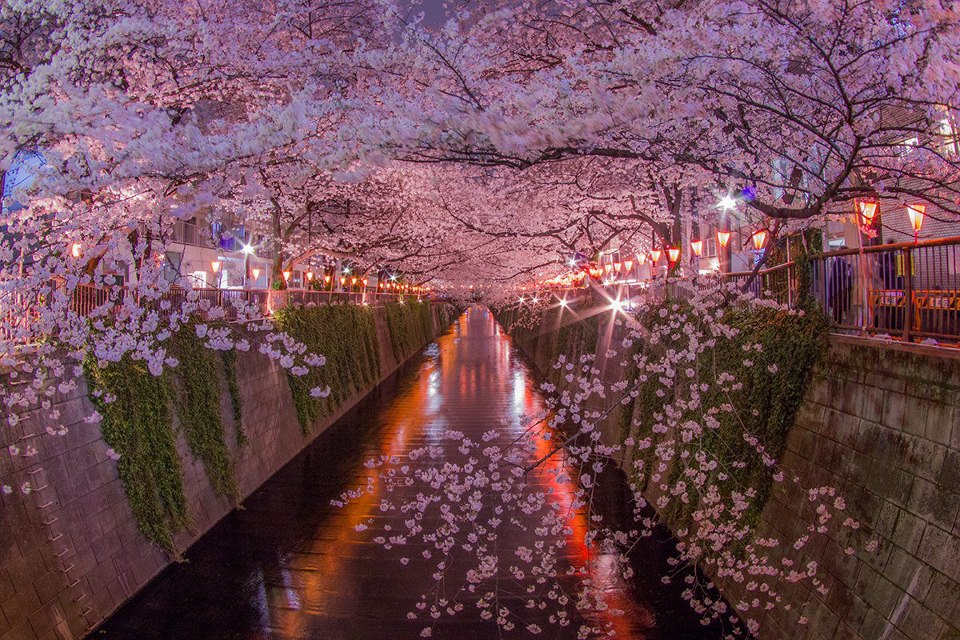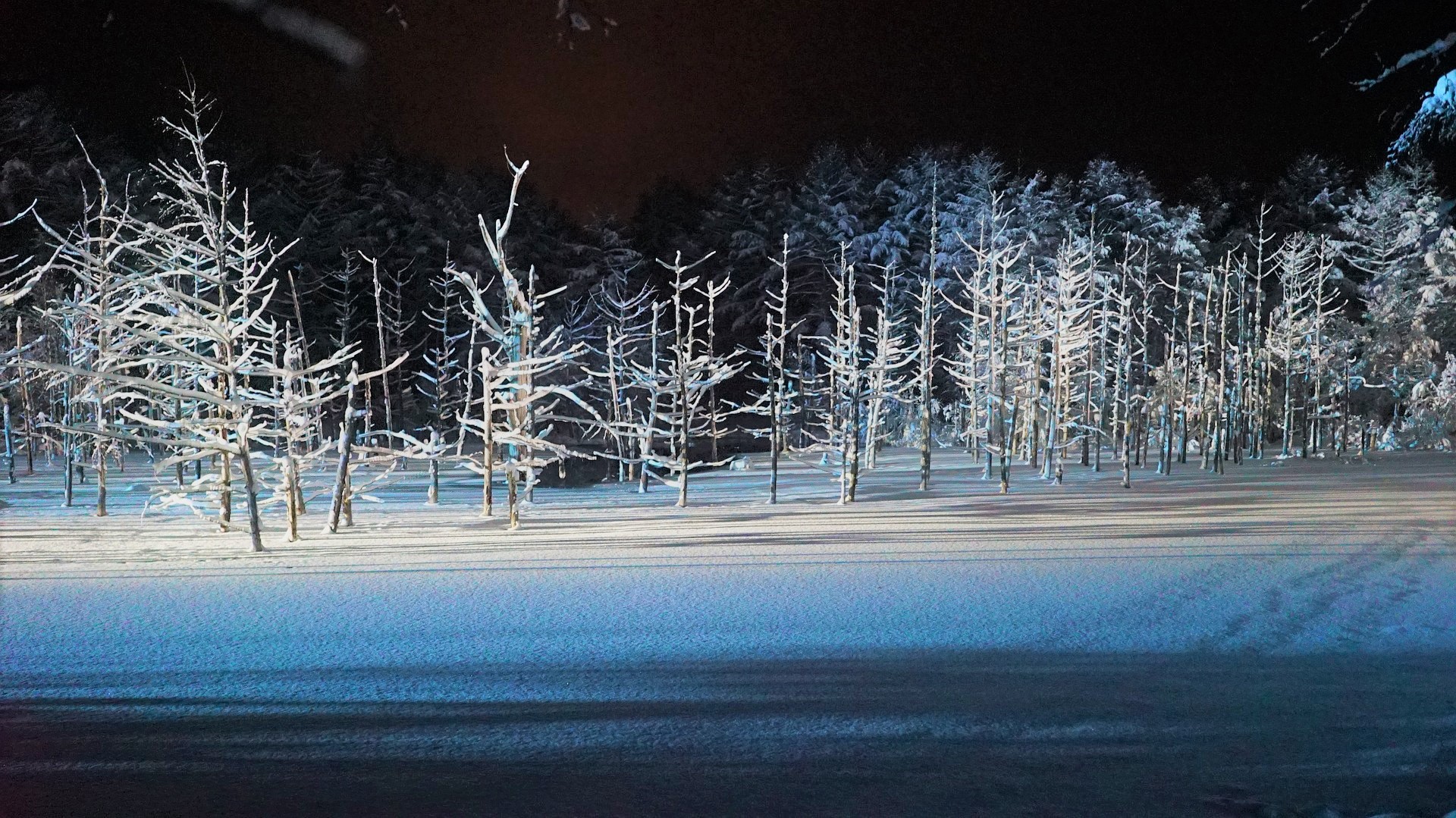Beauty in Heian Japan
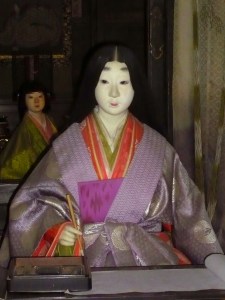 Beauty in Heian Japan, 794-1185 CE
Beauty in Heian Japan, 794-1185 CE
By Kallie Szczepanski (Asian history expert)
Different cultures have varied standards for female beauty. Some societies prefer women with stretched lower lips, or facial tattoos, or brass rings around their elongated necks. In Heian-era Japan, a beautiful woman had to have incredibly long hair, layer after layer of silk robes, and an intriguing make-up routine.
Heian Era Hair
The women of the imperial court in Heian Japan grew their hair as long as possible. They wore it straight down their backs,a shining sheet of black tresses (called kurokami). This fashion began as a reaction against imported Chinese fashions, which were much shorter and included pony-tails or buns.
The record-holder among Heian hair-growers, according to tradition, was a woman with hair 7 meters (23 feet) long!
Beautiful Faces and Make up
The typical Heian beauty was required to have a pouty mouth, narrow eyes, a thin nose, and round apple cheeks. Women used a heavy rice power to paint their faces and necks white. They also drew bright red rose-bud lips on over their natural lip lines.
In a fashion that looks very odd to modern sensibilities, Japanese aristocratic women of this era shaved off their eyebrows. Then they painted on misty new eyebrows high on their foreheads, almost at the hair-line. They achieved this effect by dipping their thumbs into black powder, and then smudging them onto their foreheads. This is known as “butterfly” eyebrows..
Another feature that seems unattractive now was the fashion for blackened teeth. Because they used to whiten their skin, natural teeth ended up looking yellow in comparison. Therefore, Heian women painted their teeth black. Blackened teeth were supposed to be more attractive than yellow ones, and they also matched the women’s black hair.
Piles of Silk
The final aspect of a Heian-era beauty’s prparations consisted of piling on the silk robes. This style of dress is called ni-hito, or “twelve layers,” but some upper class women wore as many as forty layers of unlined silk.
The layer closest to the skin was usually white, sometimes red. This garment was an ankle-lenth robe called the kosode: it was only visible at the neckline. next was the nagabakama, a split skirt that tied at the waist and resembled a part of red pants. Formal nagabakama could include a train more than a foot long.
The first layear that was readly visible was the hitoe, a plan colored robe. Over that, women layered between ten and forty beautifully patterned uchigi (robes), many of which were adorned with brocade or painted nature scenes. The top layer was called the Uwagi, and it was made of the smoothese, finest silk, it oftenhad elaborate decorations woven or painted into ot. One final piece of silk completed the outfit for the highest ranks or for the most formal occasions: as osrt of apron worn at the rear, called a Mo.
